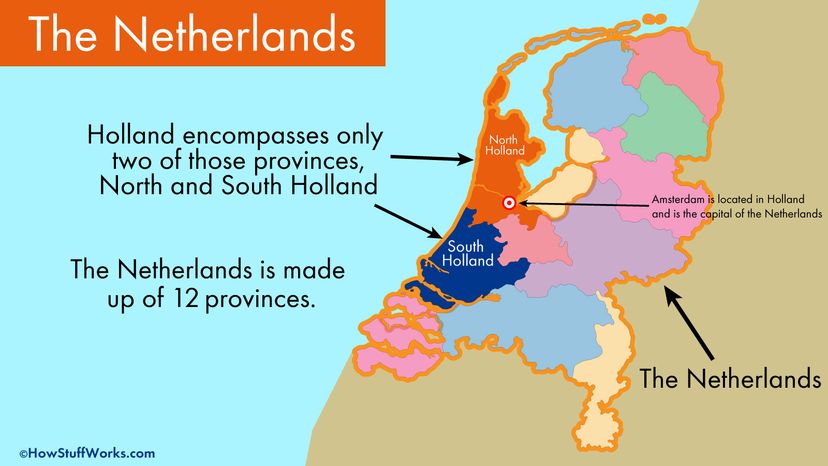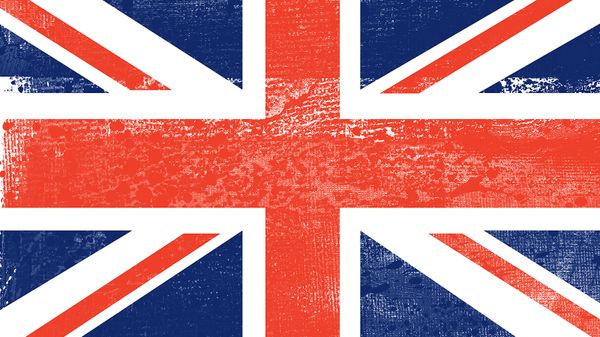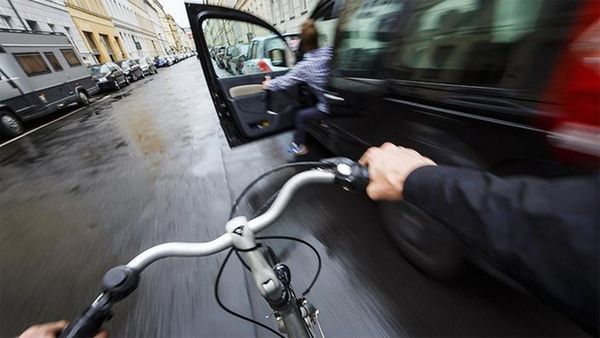
When you hear the word "Holland," you probably envision brightly colored tulips, winding canals, windmills, cheese and even those adorable wooden shoes. Hearing "the Netherlands" might also conjure the same images, which could lead to some Holland vs. Netherlands confusion.
Worry not! We can clear up this confusion pretty quickly. And along the way, you'll learn a few things about the the Kingdom of the Netherlands, a place in Europe that boasts high agricultural output, canals, liberal politics and lots and lots of bicycles.
Advertisement



